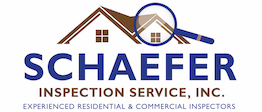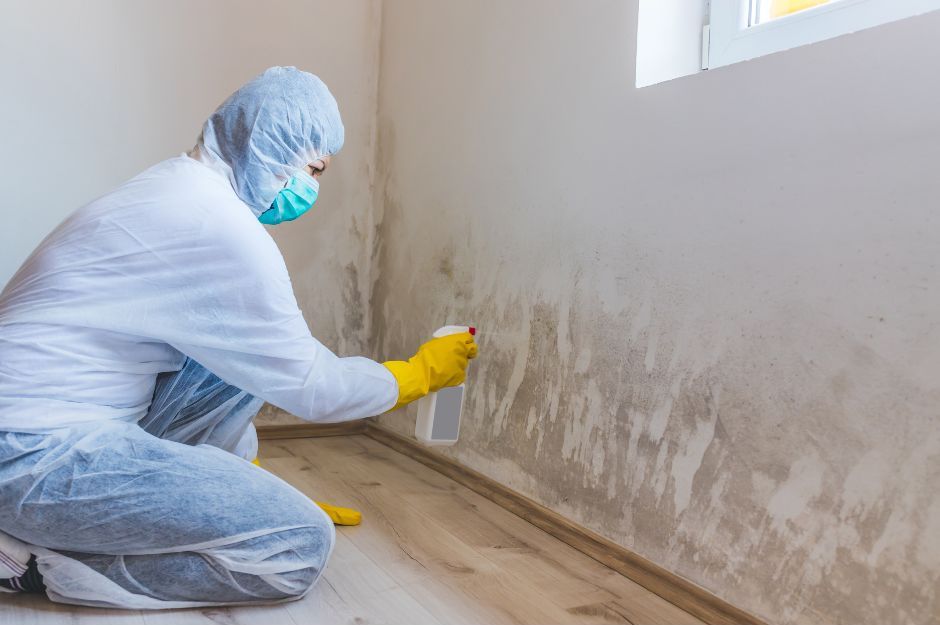A Guide to Mold in Your Home
Mold has become a hot topic of conversations over the years, from homeowners to home buyers. Mold is a type of fungus that can occur in a variety of colors and sizes. A little mold can be everywhere; in the air, on surfaces, on your food, etc. With the right conditions mold can grow throughout the year but it can become even more active as temperatures start to rise. One area in your home that is very susceptible to mold during warmer months is your attic. Attics are typically dark and humid spaces which are ideal conditions for mold to grow. Mold can cause a variety of symptoms. Some people may have no reaction while others get a runny nose, sore throat or a cough. Those who are immune-compromised or have preexisting conditions like asthma or respiratory issues may be more affected by mold.
How Can I Prevent Mold?
There are simple measures you can take to stop mold from growing in your home. One of the simplest ways is to monitor your home for moisture, especially after snow or rain. Make sure to promptly repair a leaky roof, windows or pipes. The other main cause for mold is improper ventilation. Bathrooms, laundry and kitchen areas should all be vented to the exterior of the home and NOT into the attic. If anything is vented into the attic it should be fixed as soon as possible to prevent any issues.
It is also helpful to keep humidity levels low, between 30%-50%. Installing a dehumidifier can be helpful if you have high humidity levels in your home. Ideally, do not carpet areas like bathrooms, laundry areas or basements that may have a lot of moisture and the potential for water leaks.
I Think I Have Mold in my Home, Now What?
The recommendation for mold is to remove it and remediate the cause of the mold. If there are visible areas of mold on a hard surface, you can remove it yourself with a commercial product or a solution with vinegar or bleach (no more than 1 cup (8 ounces) of bleach in 1 gallon of water). If you decide to remove the mold yourself it is very important that you wear proper equipment i.e. gloves, and a mask, and that the area is dried properly so the mold does not grow back. It is recommended you call a professional if you suspect a large area of mold, or if you have health issues that could be affected by the mold.
If there is not visible mold/mildew but you can smell it, the first step would be to try and find the source of the smell or moisture. You might consider having air samples taken to determine the levels of mold spores in the home. If you decide to have air samples done it is recommended that you also take an exterior sample to use as the control. Keep in mind that everyone reacts different to mold and the air samples are subjective. There are no set standards currently, as to what is acceptable, tolerable or normal levels. Most laboratories will provide you with an interpretive guide to better understand your results. The best recommendation is to remove the mold and take steps to prevent future growth by addressing moisture intrusion conditions.


